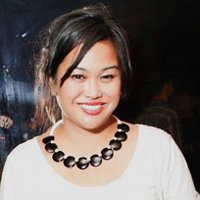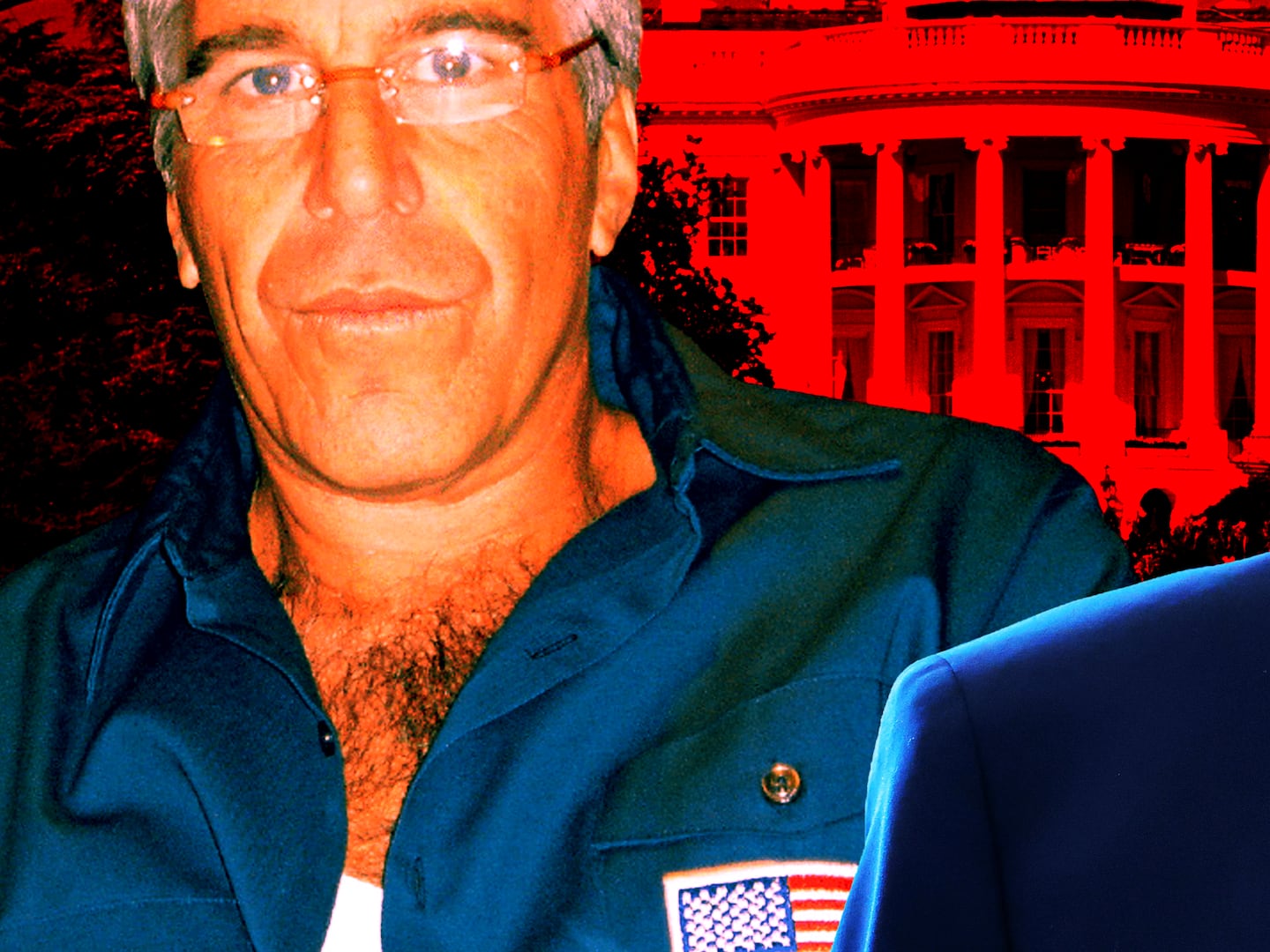Nicolas Lobo has a thing for using strange substances in his artwork. In the past, the Miami-based artist has sprayed grape cough syrup out of a fire extinguisher, filled a trough with green dye, and used play dough and cherry cough syrup to recreate a meth lab crime scene. The artist also likes to use what he refers to as “the production process of a quasi invisible psychosocial substance to generate forms.” For his latest exhibition, “Bad Soda / Soft Drunk,” which is on display at Gallery Diet in Miami through March 29, Lobo incorporated two odd materials—napalm and a Windex blue-colored sexual energy beverage from Sweden called Nexcite—into his sculptures.

Lobo’s fascination with napalm began with his interest in videos that instruct viewers how to make homemade chemical concoctions. Napalm is the infamous, goo-like substance that burns quickly when lit on fire and adheres easily to skin. The American military used it as a weapon during World War II, the Korean War, and the Vietnam War, during which the iconic Pulitzer Prize-winning image was taken of a little girl running down the street naked after a napalm bomb was dropped on her village. After noticing that napalm was a popular subject on YouTube, he watched the 1969 film Inextinguishable Fire by experimental documentary filmmaker Harun Farocki that explored how chemical companies produced the substance. The artist started concocting batches of his own napalm last fall, dousing large blocks of Styrofoam with benzene and gasoline, and then washing them off to stop the reaction before the two liquids fused with the Styrofoam to create the goo. The result was the skeleton of his sculptures, which he then coated with a skin of play dough. “Anybody that you talk to almost knows what it is—sort of,” says Lobo. “It’s this horrible weapon, it’s a bomb thing, but nobody knows what it looks like, so I wanted to give it a shape.”
Shortly after making his first napalm sculptures, which he thinks are akin in shape to Chinese scholar’s stones, Lobo visited an unused building while hunting for studio space in Miami’s Opa-Locka neighborhood last fall. Inside, he discovered 69,000 bottles of Nexcite, an aphrodisiac drink that was originally called Niagara—until Pfizer sued its Swedish manufacturer, Magic House, for trademark infringement because the name was too similar to the pharmaceutical company’s sexual enhancement drug for men, Viagra. Magic House caved and changed the name to Nexcite. The drink’s exclusive American vendor, RLW Marketing Inc., reported that after the name change, sales dropped from 100,000 a month to 100,000 for all of 2002. While RLW Marketing Inc. dissolved shortly after, Nexcite is still available for sale in the United States on Amazon, and, according to the soft drink’s website, it still has an American importer. “It was all boarded up and disused, and they pulled the wood off, and this beam of light shone in, and there was a two-story tall mountain of this stuff,” says Lobo, who knew immediately that he wanted to incorporate the bright blue liquid into his work. “The owners of the building bought it as is, and they were like if you can help us get rid of this you can have it.”

Leo Valencia, the owner of World Logistics MIA, agreed to help Lobo with the laborious task of moving the palettes of Nexcite. “It was just completely like some one of those Indiana Jones video game type of deals,” says Lobo of the process of moving out the bottles, which were sealed behind a few walls. “We had to do some demolitions.” Then, some people who had extra warehouse space, allowed Lobo to store the drinks until the exhibition.
The stars of the exhibition are the napalm sculptures, which are covered in different shades of play dough, some dyed with the electric blue Nexcite. Their bases stand on the gallery floor, which has been covered entirely with cases of the drink, which viewers are supposed to walk on.
“It’s like they’re these opposing substances,” explains Lobo. “Nexcite is this love-based aphrodisiac substance, and napalm is a very sensuous substance in that in its design it’s supposed to stick to the skin and causes this burning sensation, it’s this really horrible, hostile substance. But then somehow, in their existence, they have these similarities in form and behavior. They’re both what I would call psychosocial substances.”
Lobo did take protective measures while creating the sculptures. “I used gloves and a respirator, and protective clothing,” he says. “In the very beginning I didn’t take it as seriously, so I did a little bit without the mask, and it was a bad idea, I started getting dizzy.”
What statement is Lobo trying to make? “I think I would like for people to feel a mix of revulsion and attraction, that would be nice,” says Lobo. “I would be happy if that happened.”
Bad Soda / Soft Drunk by Nicolas Lobo is on display at Gallery Diet in Miami through March 29.






